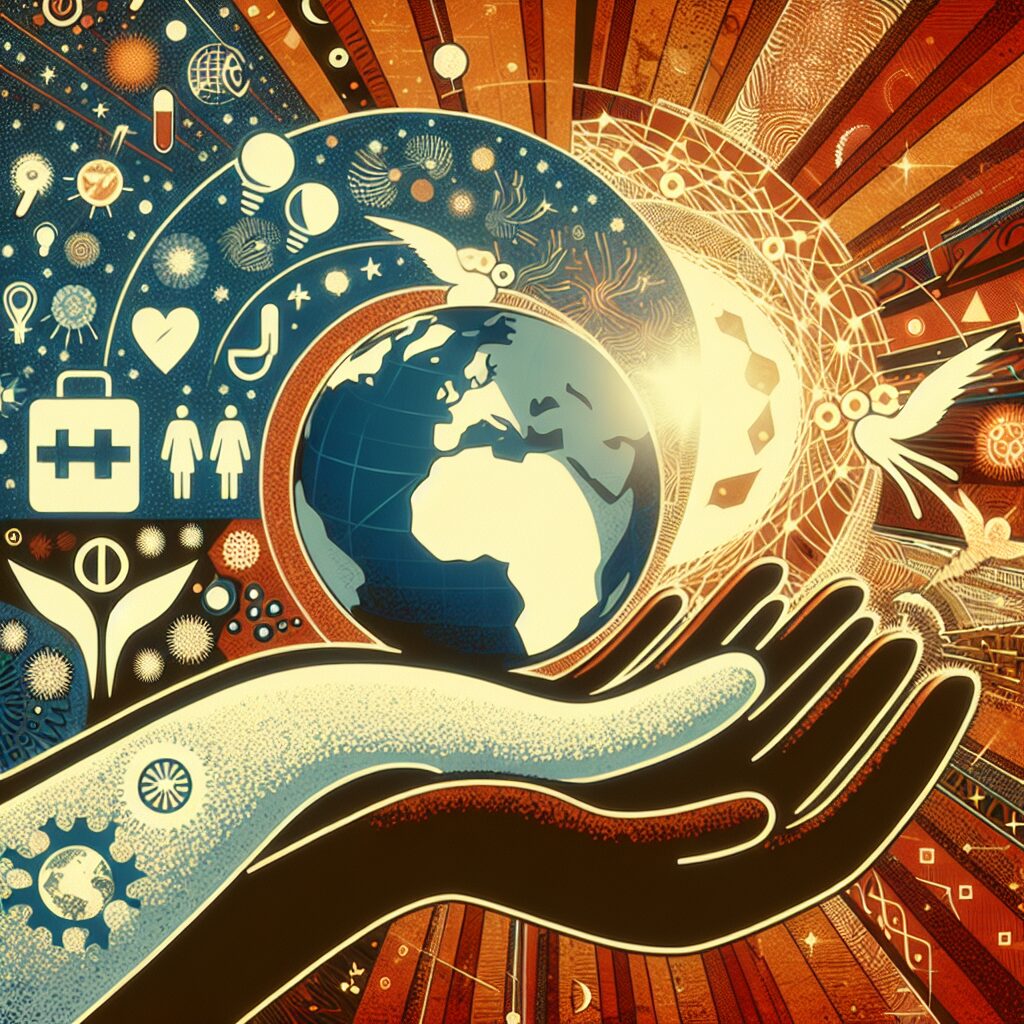Title: Uniting for Health: The 78th World Health Assembly's Bold Moves
Meta description: Dive into the heart of the 78th World Health Assembly’s latest resolution, a pivotal moment for global health unity and action. Explore how it paves the path toward eradicating Guinea worm disease.
Walking into the grandeur of the 78th World Health Assembly on May 24, 2025, you could almost taste the urgency mixed with a determined optimism in the air. With delegates from around the globe converging, a monumental decision was on the agenda: a new resolution poised to dramatically change the landscape of global health financing and disease eradication efforts.
A Global Stand Against Guinea Worm Disease
Fourteen years after their last significant move, the Assembly's focus returned with a resolute gaze toward eradication of Guinea worm disease. Historic, isn't it? Only 15 human cases were reported last year, a whisper of its former dread. But, the plight galvanizes anew as this insidious foe morphs, targeting our furry friends in endemic regions. Dogs now bear the unintended burden, complicating eradication efforts.
Here's where it becomes even more fascinating: The Assembly isn't just about human health anymore. It's about an integrated approach—syncing up animal, environmental, and human health strategies to outsmart this ancient adversary. As the World Health Organization rightly highlights, this battle is fought in labs as much as in the field, requiring relentless case tracking and data acumen.
Strength Through Unity
Let’s talk about teamwork on a global scale. This new drive isn’t just a commitment; it’s a rebirth of multinational will, underlined by an acute necessity for robust financial backing and inter-country cooperation. It’s an all-hands approach, emphasizing safe water access and fortified healthcare frameworks essential for kicking Guinea worm to the historical curb by 2030.
A Shift in Geopolitical Tides
Rounding out the Assembly's heavy-hitting agenda was the subtle yet significant geographical realignment requested by Indonesia. Moving from the South-East Asia Region to the Western Pacific Region might sound like mere semantics to the uninitiated. Yet, this transition signifies deep-rooted aspirations for heightened collaboration and shared health prowess within these pockets of the globe.
Concluding With Hope and Resolve
From the echoing halls of the World Health Assembly, a message of unity and sustained effort rings clear. As nations, large and small, pledge to stand together, the beacon of eradication for diseases like Guinea worm gleams a bit brighter in the not-so-distant horizon.
What are your thoughts on these global initiatives? Are we doing enough to foster international health solidarity?
FAQ Section:
-
What exactly is Guinea worm disease?
Guinea worm disease, caused by the parasite Dracunculus medinensis, is spread through water contaminated with larvae. It culminates in painful lesions from which the adult worm eventually emerges. -
Why is the eradication of Guinea worm significant?
Eradicating Guinea worm signifies a massive victory against a disease that has plagued humanity for centuries, enhancing the quality of life and reducing health disparities in affected regions. -
How can I contribute to these global health efforts?
Support can range from promoting awareness, supporting non-profit organizations involved in these initiatives, or even advocating for policy changes that prioritize global health funding and cooperation. -
What does Indonesia’s region change imply for global health?
This change hopes to leverage regional strengths and foster closer ties for swift health responses and shared expertise, highlighting a strategic pivot in global health diplomacy.
Hashtags: #GlobalHealth #EndGuineaWorm #WHO #HealthForAll #WorldHealthAssembly
Related: Understanding Global Health Diplomacy and The Power of International Health Cooperation
